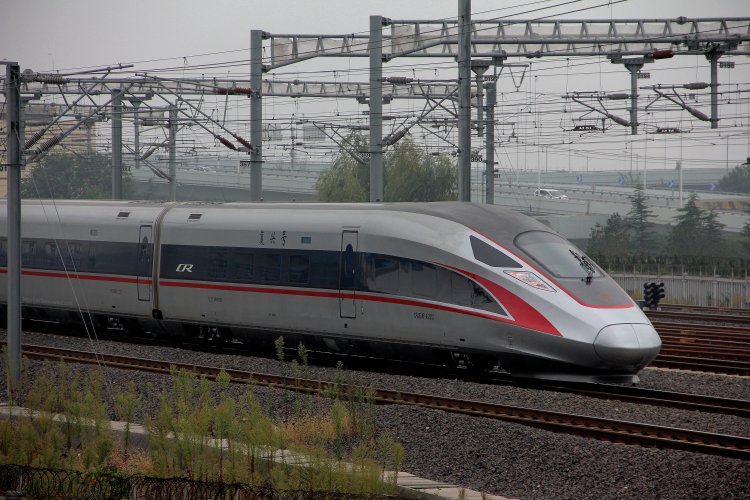Train Hopping in Southern China: A Guide to Exploring Sichuan’s Sights by Rail
Nothing illustrates the size and contradictions of China more vividly than trying to fit all the points of interest into a tiny 10-day itinerary. Cursed with eternally delayed flights but blessed with amusing train rides stretching through a series of dusks and dawns, roaming around Sichuan and Chongqing puts you in the line of fire for endless curiosity and unbridled hospitality.
Sichuan’s southern charm has more than likely had an impact on you even before your journey commences. After all, Sichuan’s cuisine is the most popular in China, meaning there’s a chance that one of your favorite dishes here is likely to have originated in China’s “province of abundance” but missing perhaps one special ingredient: the warmth of service that you quickly learn to expect in the south.
If you’re longing to experience the source of those Sichuan flavors in all their fiery glory, then it helps to become familiar with China’s most convenient mode of transportation: its railway. Train tickets in China are not that hard to come across – as long as you’re not traveling during national holidays – and for the short rides, you might not need to plan ahead and simply buy any available ticket once you arrive at the station. The stakes are higher and your odds worse with overnight trains since sleepers often sell out a week or more in advance. The silver lining: Even if the tickets on the planned route are sold out, changing direction based on available seats invites a wealth of possible (mis?)adventures.
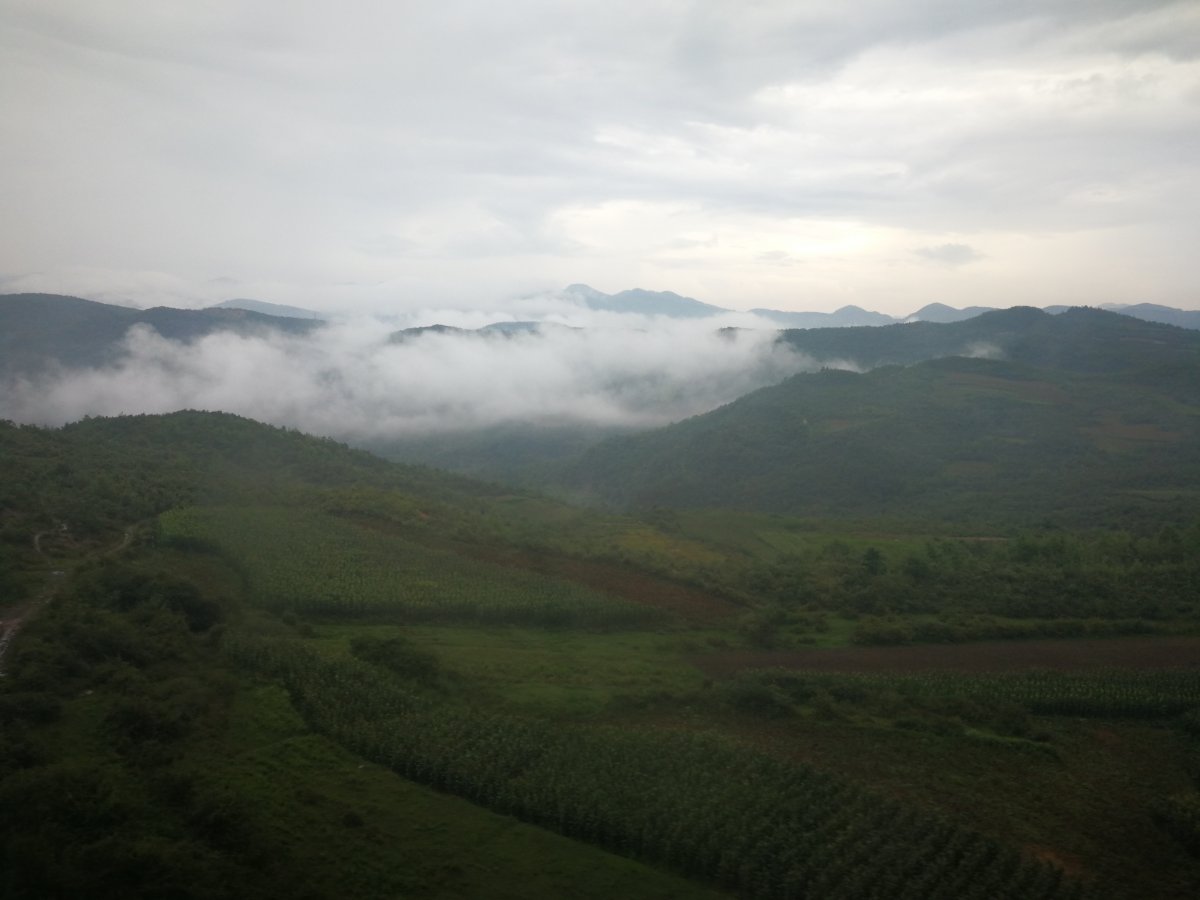
Preparation
Entertainment on board is old-fashioned but plentiful. Among the best on offer: chatty and kind-hearted neighbors pushing food down each other’s throats, playing cards, or simply discussing the outcome of the latest football match. The rules on the train are not aggressively enforced, but passengers normally choose to follow them anyway. Smokers stroll down to the ends of the cars, ayis carry palms full of mango peel to the trash cans, and virtually everyone kicks off their slippers and sleeps when the lights go out just before 11pm. You can also revel in the train-wide sport that is continuous snacking. What can be sweeter than cracking open some sunflower seeds while staring blankly into the hilly, cloud-covered landscape of Sichuan?
Chengdu
Convenient placement, pandas, hot pot, and contemporary Chinese hip-hop have all helped put Chengdu on the modern map. Crowned by UNESCO as the first “city of gastronomy” in Asia, Chengdu is more notable for being the place to burn your stomach lining and then do it all over again the next day.
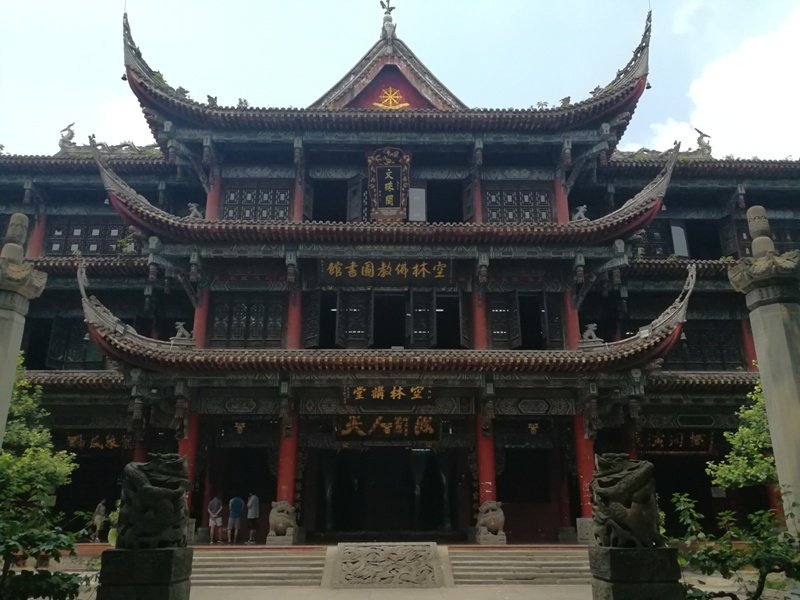
Strolling around Wenshu Monastery – built during the Tang dynasty (618-907) – with tea houses and deep, green foliage-lined paths carving around the temples, makes for an afternoon well spent. The restored “old” streets surrounding the monastery are another attempt to provide an authentic experience but may now have more in common with Chengdu’s bar street, which in itself seems painfully similar to Beijing’s Houhai dives, but does at least present a stunning view of the picturesque Anshun Bridge.
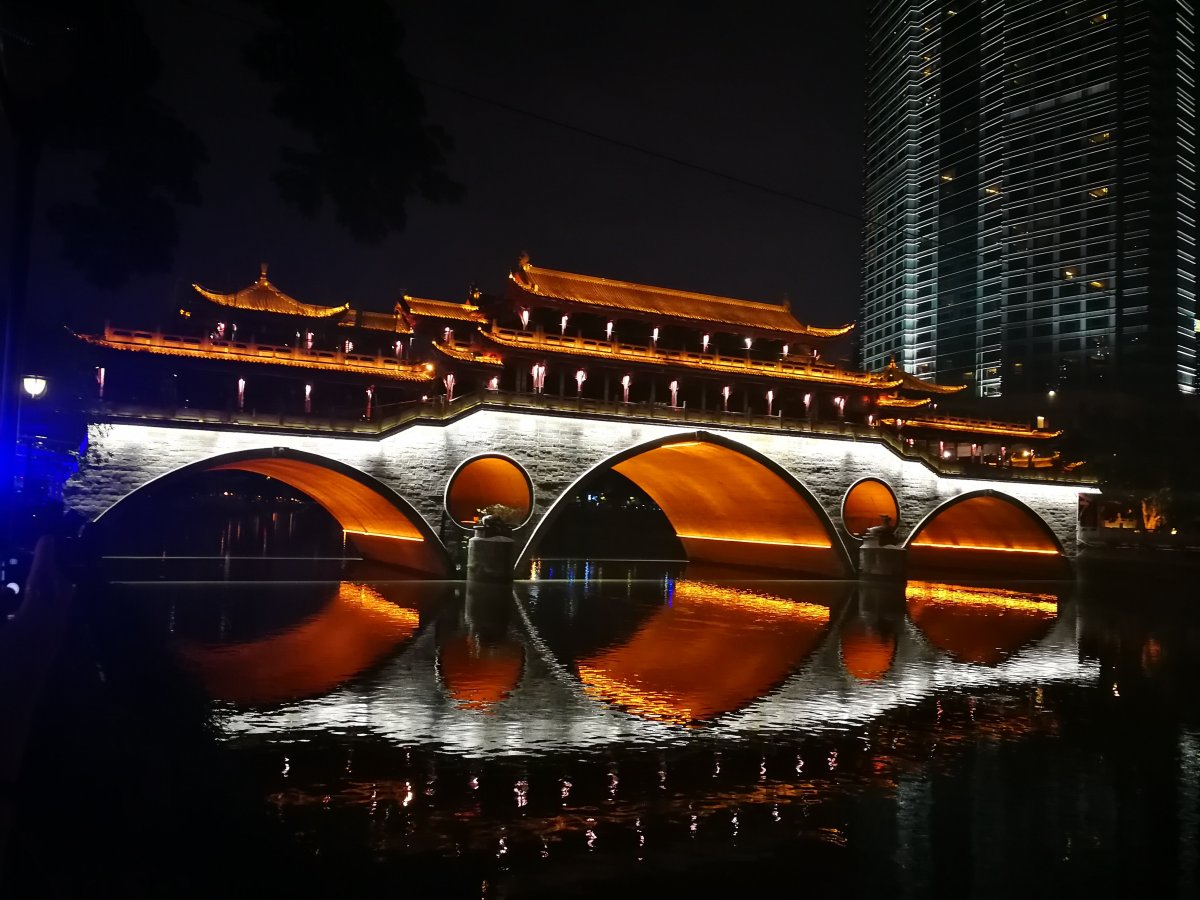
While visiting the panda sanctuary is a must, it would be wise to avoid going on the hottest of summer days since all the pandas head indoors if the mercury is over 26C. They are still unmistakably adorable regardless.
Fanning with a tropical leaf on the riverside is a rewarding experience on its own, but to make it even more so, some struggle should be incorporated. The Giant Buddha of Le Shan is but a one-hour train ride from Chengdu. However, visiting on the weekend should be avoided at all costs given that the queue reaches inhumane lengths. If a weekday trip isn’t possible, hop on the boat that passes by the feet of the Giant Buddha instead, not only sparing you from the queueing but also allowing some of the best snaps of the Buddha itself.
Chongqing
Chongqing is one of the four hottest places in China, where the scorching sun and suffocating humidity work together to make you sweat violently. That being said, the city is a great hub for train-hunters, and despite the all-clouding construction and occasional walk in a dust storm, the eclectic selection of architecture spoils travelers with views that stand apart from other mainland destinations.
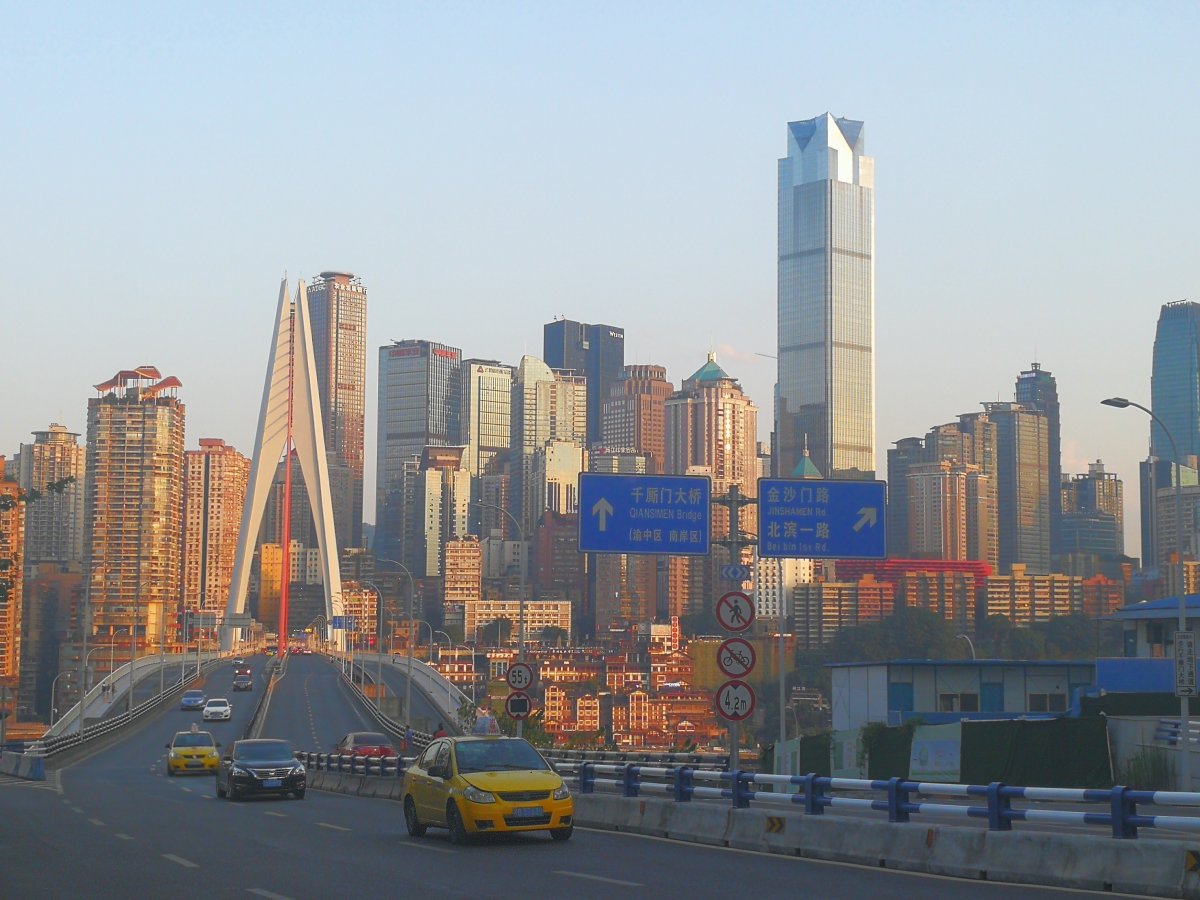
Wulong Park
Lush green and flourishing flora abounds in southern China, especially in Wulong county. The Three Natural Stone Bridges in Wulong Park (an almost three-hour train ride from Chongqing) is the largest natural bridge cluster in Asia. Their majestic average height of 200 meters leaves visitors tilting their heads back in a quiet moment between incessant picture snapping.
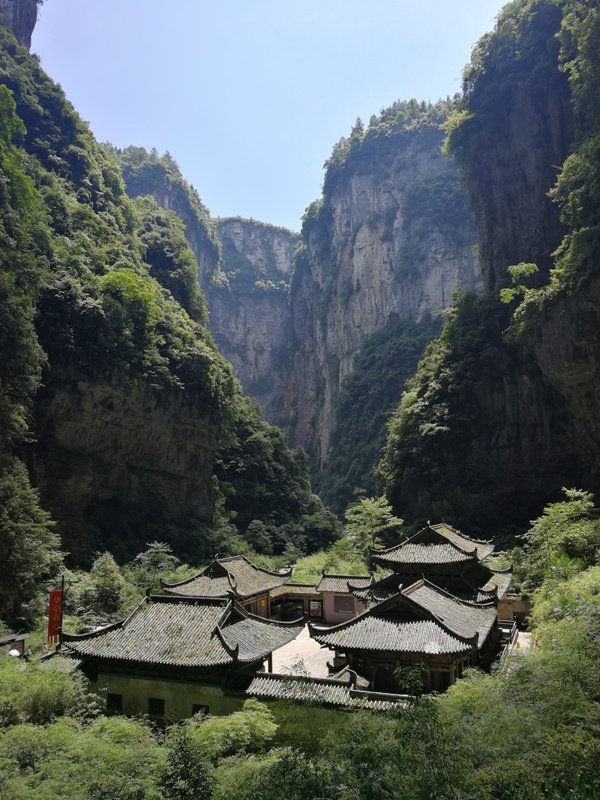
Aside from the pleasant and relatively flat route surrounding the natural bridges, Wulong is also comprised of karst caves that are located in a comparatively remote area, providing a break from human activity and shrouding the caves in relative quiet, making them feel untouched.
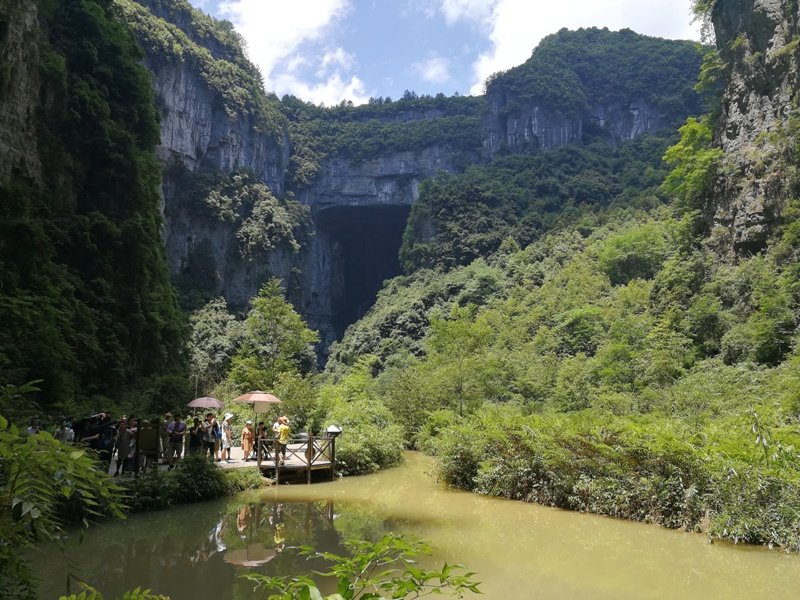
These are but a few of the south’s exhaustive sites but a simple itinerary like this can be a good way to get your bearings before committing to a long-term exploration of all the beauty China’s breadbasket has to offer.
READ: China's Largest Train Ticketing Site Goes English
Images: Tautvile Daugelaite







